Providence Academy has been learning about camels. What better way to find out first hand what makes the best camel than to visit a Camel Beauty Pageant? The Al Dhafra Festival near Madinat Zayed in the Abu Dhabi Western Region of the United Arab Emirates includes the best annual Camel Beauty Pageant in the world. Millions of dollars in cash and prizes are awarded in many categories, and breeders’ fortunes are made and lost.
Attending the Festival this month, Providence Academy arrived on the day for grading black Majaheem milking camels which command the highest average price due to their value as milk producers. Also in the grading paddock were sorel-colored (tan with brown beards, humps, and tails, which are bred as racers. These are all dromedary, single-hump Arabian/North African breeds. In fact, there are two major divisions in cameldom. Dromedaries are the speedier single-hump variety of Arabian and North African camels, while Bactrians are the more sturdy and durable Asian two-humped and more hairy camels found from India to Mongolia. They are related to the Llama and the Alpaca.
Breeders who present camels to the pageant at Al Dhafra prefer common variants known as F1, being 3/4 dromedary-1/4 bactrian hybrids conceived for speed over long distances. Also common, just not here, are F2 camels with 3/4 bactrian-1/4 dromedary blood. The alpha-numeric designation is there, according to locals who also are exhilarated by auto racing at Yas Marina Circuit, because the favorite color for camels in the UAE is “fast”.
However, camels provide much more to society today as they are useful for the aforementioned milk production and racing economies, as well as leather, high-grade wool, meat, and tourism; with burden-carrying less and less significant as time goes on bringing passable roads into hinterlands all over Asia. In human terms, camels are far more valuable than economies can measure. Camels’ worth as centers of Beduin culture bind local people together along with the land, remind them of a heritage that predates recorded history, and invoke legacies of husbandry and reverence for animals that get lost very easily in modern Arabia. Camels help 21st Century people recall and celebrate their humanity.
Scientific Name: Camelus dromedarius, Common: Arabian Camel (Dromedary). They are mammals that eat plants grow to over 7ft tall (at the hump) and can weight over 2,000Lbs!
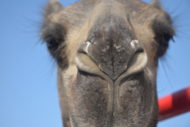
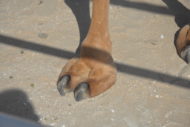
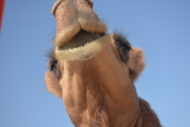
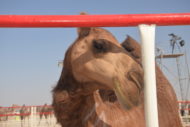
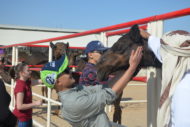
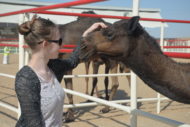


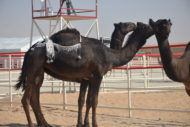
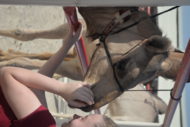

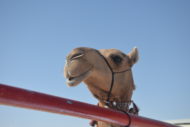
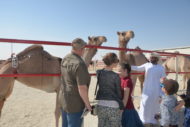
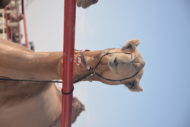

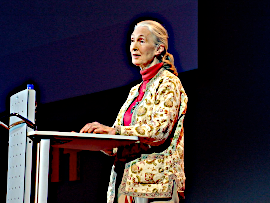
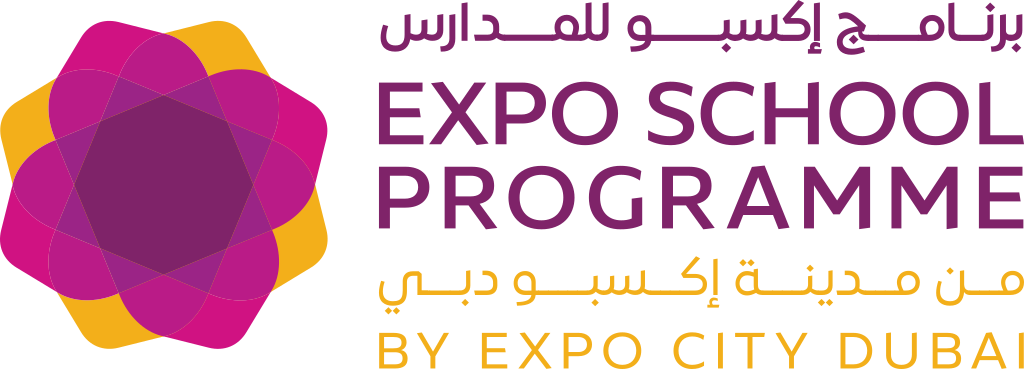
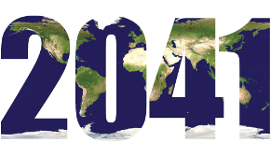
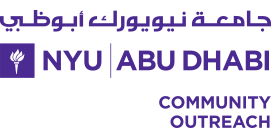





Follow R&S UAE